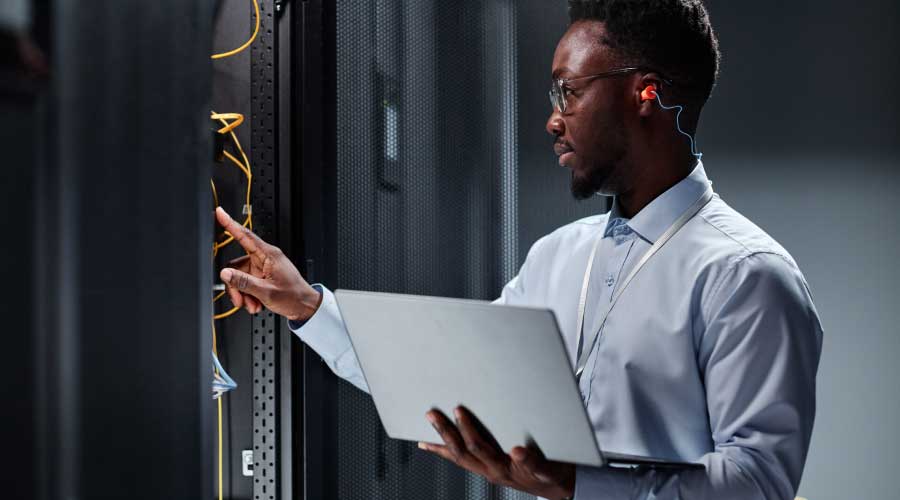Specifying Compatible Door Hardware Enhances Building Security
Maybe the most important implications of new access-control technology for maintenance and engineering departments relates to the increased attention that managers now must pay in specifying the most appropriate door hardware and that technicians must pay in updating preventive-maintenance tasks in order to keep components working properly.
New generation lock systems using ID cards are highly reliable, but they have many more components than, for example, mechanical mortise locks, which provide years of service and many thousands of cycles while requiring only minimum amount inspection and lubrication.
This low-maintenance feature also applies to mechanical parts in an electronic lock. But in addition to the lock mechanism itself, electronic locks require cameras, alarms, and a power source, either batteries or a wired connection to the power-distribution system. They also require computer hardware and software for applications and database storage, not to mention card printers and laminators.
As a result of these requirements, along with more versatility comes much more equipment for departments to manage. Technicians have to regularly change or recharge lock batteries, and they must inspect power-distribution components for wired systems, clean the contacts in fused switches, and perform infrared testing to detect hot spots in wiring.
They also need to perform regular cycling, oil changes, and safety-device checks on the system's back-up components, such as generators, to ensure they are ready for instant transition should the power fail. Occupants also need smooth-operating door hardware to ensure efficient egress from the facility, especially during outages.
ID cards have other effects on maintenance. They require card-making equipment and bar-code printers, scanners to read the cards, and an interface that communicates the scanned information and time and date stamps to the computer. In addition, supporting these components is a computer network with application and security software designed to manage the data, as well as computer hardware with sufficient random-access memory (RAM) and database storage. Software and hardware maintenance consists of regular upgrades as new versions appear and developers stop supporting older versions.
As the number of devices grows with the size of a facility, managers also should be aware that hardware RAM and database capacity might need to expand. The hardware requires its own isolation transformer, back-up system, and uninterrupted power supply to ensure clean, reliable power.
Finally, a high-quality card printer also is essential. Fixed bar-code readers get only one look at the bar code as the card passes in front of it, and bar-code quality is essential for successful reads on the first pass. Also, as cards wear, users might need to replace them with new cards to ensure reliable scans on the first pass. Technicians also must clean scanners regularly.
Related Topics:













